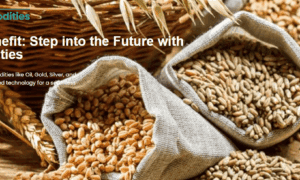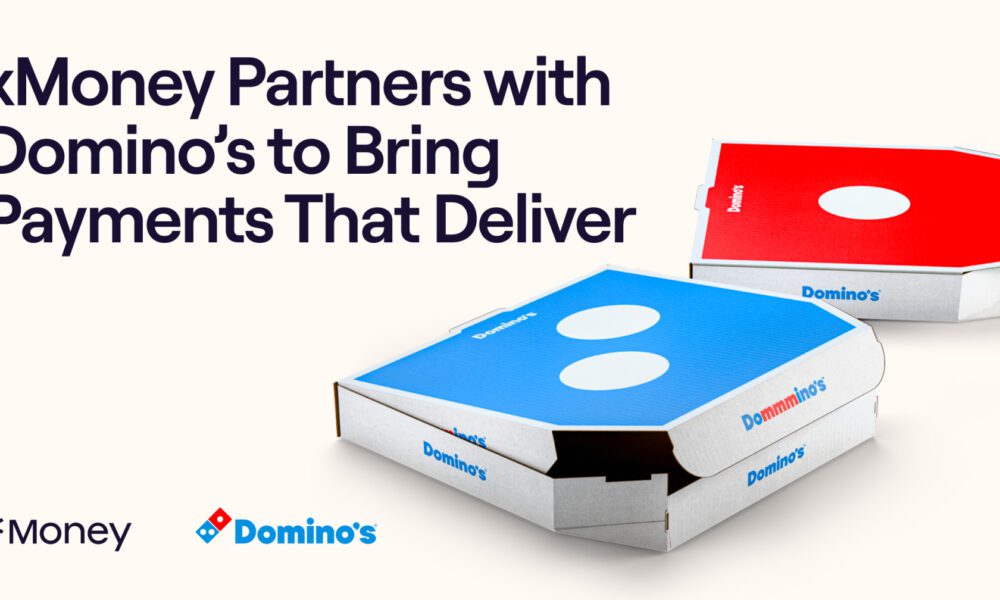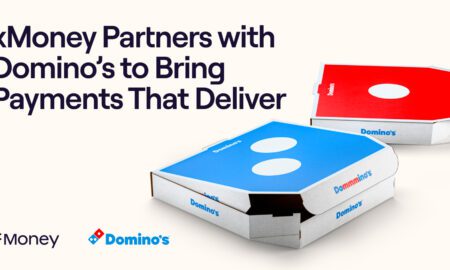If you’re a food blogger trying to grow your blog traffic, you’ve probably heard the buzz about AI tools that promise to make SEO easier. But can AI actually help you rank higher on Google?
The short answer: yes—but only if you know how to use it strategically.
Below, we’ll break down how food bloggers can use AI to support SEO, without sacrificing quality, originality, or your unique voice.
1. Use AI to Speed Up Keyword Research
AI can cut down the time it takes to find good keywords for your recipes and blog posts. While you’ll still want to verify keywords using tools like Ahrefs, Semrush, or Google Keyword Planner, AI can help you brainstorm:
- Long-tail keyword variations (e.g., “gluten-free banana bread with almond flour”)
- Related search terms or questions for FAQ sections
- Seasonal or trending recipe ideas based on keyword intent
💡 Tip: Try using AI to generate 20 variations of a recipe name with different keyword structures, then plug them into your SEO tool to compare search volume and competition.
2. Generate SEO-Friendly Title Tags and Meta Descriptions
Crafting click-worthy meta descriptions can feel repetitive, especially if you batch content. AI can help by generating multiple options for:
- Title tags that balance keywords and engagement
- Meta descriptions under 155 characters that summarize the post and include a call to action
💡 Tip: Once you’ve written your post, paste the content into your AI tool and ask it to generate optimized titles and meta descriptions based on your target keyword.
3. Outline Your Posts More Efficiently
Staring at a blank page is the worst. AI can give you a first-pass outline that includes:
- A suggested intro
- Section headings (e.g., Ingredients, Instructions, Variations, FAQs)
- Related questions for schema or FAQ blocks
You’ll still need to structure it based on what makes sense for your audience and recipe style, but it gets the wheels turning faster.
4. Create Schema-Friendly FAQs with AI
Adding an FAQ section to your recipe posts can increase your chances of showing up in Google’s rich results. You can use AI to:
- Predict common questions readers might have
- Write clear, concise answers
- Format them for FAQ schema markup
Examples:
- “Can I freeze these cookies?”
- “Can I substitute almond flour for all-purpose?”
💡 Tip: Keep answers short, specific, and helpful. Then wrap them in FAQ schema (or use a plugin like Rank Math or Yoast).
5. Use AI to Update Old Posts for SEO
“Updating your older posts is one of the best ways to improve rankings” says Sam Mirallegro from Samantha Digital. AI can help you:
- Rewrite or expand outdated intros
- Add missing keywords or LSI terms
- Improve readability and structure
- Suggest new headers, alt text, or internal links
💡 Tip: Use Google Search Console to find which older posts are close to ranking (positions 8–20), then use AI to refresh and re-optimize them.
6. Avoid This: Relying on AI to Write Entire Recipes
It’s tempting to let AI write everything. But for food bloggers, your voice, testing process, and personal touch are what set you apart. AI should support—not replace—your content creation.
Use it to draft supporting content like:
- FAQs
- Ingredient notes
- Storage tips
- SEO elements (title, meta, etc.)
…but keep the recipe testing and storytelling in your hands.
7. Check AI Content for Accuracy and SEO Gaps
Even when AI gives you great content, it’s not always correct or SEO-optimized. Before publishing:
- Cross-check cooking times, temperatures, and measurements
- Run your content through an SEO checklist
- Optimize for internal links and media (images, video, schema)
Final Thoughts
AI is a powerful tool for food bloggers—but it’s just that: a tool. It won’t magically get you on page one, but when combined with a solid SEO strategy, your voice, and consistent effort, it can help you create better, faster, and more optimized content. To see an example of a food blog that leverages AI strategically, without being generic, check out Bake Cook Repeat.
Start by testing it on one recipe post: use AI to create the outline, meta description, and FAQs—and see how much time you save.
Your readers (and rankings) just might thank you. And if you need help with your food blog, we recommend this food blog web design company.



































